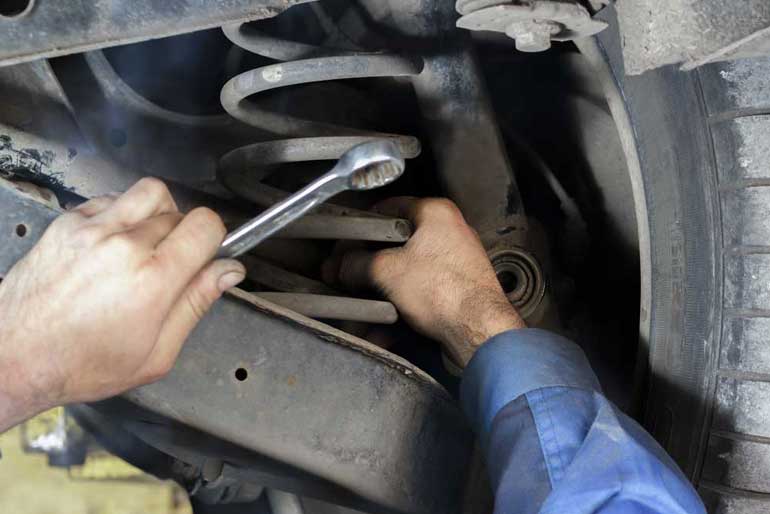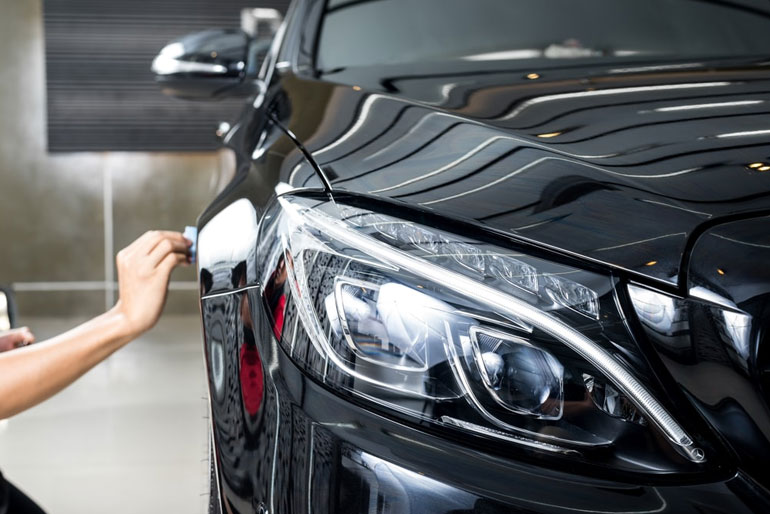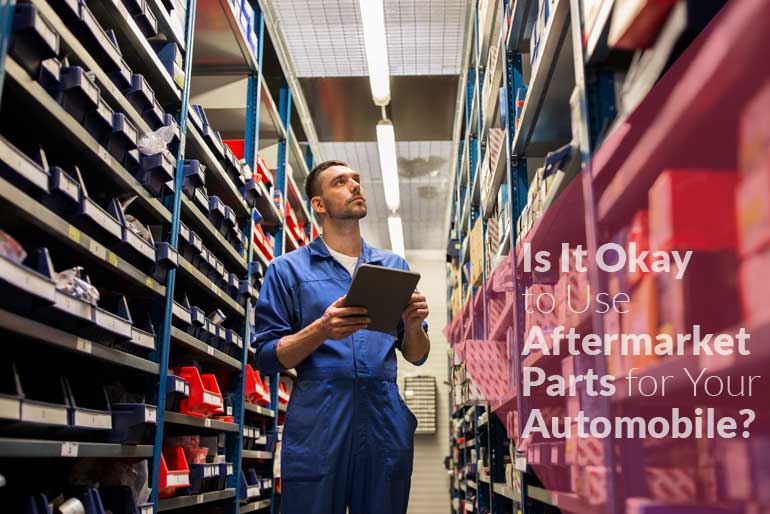When your car window gets smashed, will you trust an aftermarket brand for your auto glass replacement? What if you’re in the business of buying used cars and modifying them?
Many people are hesitant to use non-OEM auto parts due to misconceptions. The aftermarket market is not a black market. Many aftermarket brands produce replacement parts that even exceed the quality of OEM (original equipment manufacturer) parts.
The government recognizes the importance of this industry. And the Automotive Aftermarket Retailers of Ontario (AARO), together with other automotive industry organizations in cities like Barrie and Cornwall, work to obtain service, training, and industry information, so they can provide consumers quality products and services.
Separating the Wheat from the Chaff
Still, choosing an aftermarket brand and model Iis like separating the wheat, your quality product, from the chaff, your low-quality, or ill-fitted spare part. How can you prevent ending up with an ill-fitted replacement or a product that doesn’t last you a week? Learn to scrutinize brands, minimize risks, and pass up on the cheaper aftermarket option when it’s just too risky.
Scrutinize the Brand and Product Variation
There are three things you want to look at in an aftermarket product: brand reputation, quality against price, and the right fit.
Just like any other product, some brands can be trusted more than others. There are premium brands and good enough brands. The same is true for aftermarket auto parts. Moreover, certain brands specialize in a particular car part, such as auto glass brands or tire brands. Find out which brands are dependable, and if there are those who specialize in the specific auto part you need.
You also want to scrutinize the product for quality and correct fit. You may be sold on the brand and quality, but the product fits an older car model. There’s no point in choosing a high-quality part when it may eventually malfunction since it will not fit your car well.
If you’re not an auto expert, you may find it more challenging to assess a product’s quality. You can check the specifications on the packaging, but you won’t have the knack to tell if you can trust the product. This leads us to the next point.
Recommendations, Certifications, and Authorization
- Recommendations. Look for someone whose recommendation you can trust. Often, this may be your favorite car mechanic, although not all mechanics are experts in recommending auto parts. If you’re still in doubt, do due diligence by asking Google, your neighbors, or your Facebook friends. Ranker has a list of the best aftermarket car part brands based on public votes. You can also consult online forums like quora.
- Certifications. Check if the brand has the CAPA seal. CAPA or the Certified Automotive Parts Association is America’s independent testing and certifying authority for automotive parts. If you see their seal on a product, it means that the product passed CAPA’s standards after going through nationally recognized tests. Depending on how confident you are in a product, you may choose to disregard the absence of a CAPA seal.
- Authorized shops and manufacturers. Choosing an authorized car servicing shop and government recognized manufacturers protects you from shrewd or unlawful practices. Otherwise, it will be difficult for you to run after a business that shortchanged you.
Guarantee and Warranty
Established manufacturers are more likely to provide warranty for repairs or product replacement. Make sure the warranty period is enough for you to try out the product.
When it’s Better to Get an OEM

New technology like autonomous cars may require you to replace crucial car features only with an OEM product. Using anything else may put your safety at risk. Know what your car says about such safety considerations.
Generally speaking, unless an aftermarket brand is approved by your vehicle manufacturer, replacing safety-related auto parts like your windshield is not ideal. Your insurance company should not pressure you into doing so if it will compromise your car safety.
Now that you know an alternative to the often ludicrous costs of using OEM, you need to learn how to choose the right auto parts.
To do this, carefully consider the quality and compatibility of the replacement part you’re buying. Don’t be afraid to ask for recommendations and never hesitate to pay a higher price when the cheaper option compromises road safety.







